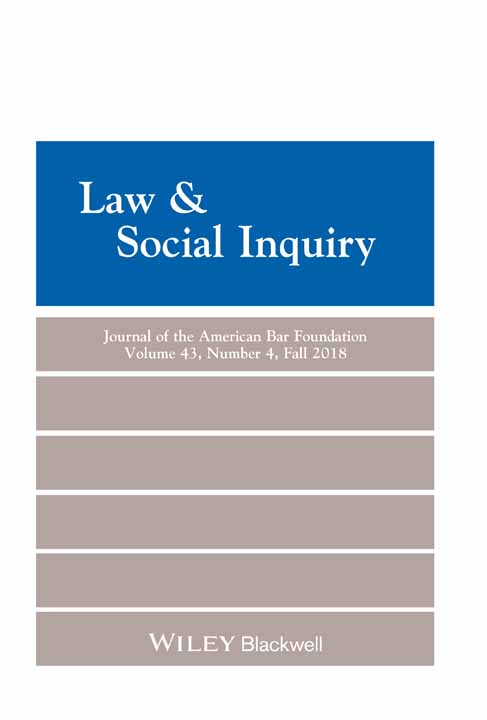Constructing a Global Law-Violence against Women and the Human Rights System
This paper was originally prepared for the conference Violence between Intimates, Globalization, and the State, supported by the Wenner-Gren Foundation, held at Wellesley College on March 30-April 1, 2001. Research for the paper was generously supported by a grant from the National Science Foundation, Cultural Anthropology Program and Law and Social Sciences Program, # BCS-9904441, and by a visiting fellowship at the American Bar Foundation. In 2001-2002, the author was a fellow at the Carr Center for Human Rights Policy at Harvard University, which also contributed to the project. I am grateful for comments from participants at the conference and from Jane Collier, Mindie Lazarus-Black, Frances Raday, Judith Resnick, Austin Sarat, and Hanna Beate Schoepp-Schilling on earlier drafts of the paper, although the responsibility for the final draft is entirely mine.
Abstract
This ethnographic analysis of one of the core human rights conventions suggests that despite the lack of enforceability of this convention and its operation within the framework of state sovereignty, it is similar to state law. The Convention on the Elimination of All Forms of Discrimination against Women, or CEDAW, the major UN convention on the status of women, articulates a vision of women's equal protection from discrimination and addresses gender-based violence as a form of discrimination. It had been ratified by 171 nation states as of mid-2003. Its implementation relies on a complex process of periodic reporting to a global body meeting in New York and a symbiotic if sometimes contentious relationship between government representatives and international and domestic NGOs. Like state law, it serves to articulate and name problems and delineate solutions. It provides a resource for activists endeavoring to address problems of women's status and turns the international gaze on resisting nations. Its regulatory strength depends on the cultural legitimacy of the international process of consensus building and related social movements to define social justice in these terms. Thus, like state law, its impact depends on its cultural legitimacy and its embodiment in local cultures and legal consciousness. This examination of CEDAW as quasi law extends our understanding of law as a plural and a symbolic system rooted in a particular historical moment of globalization.




